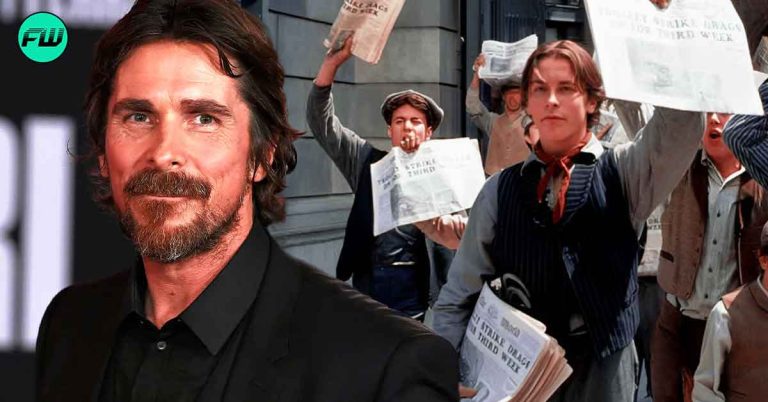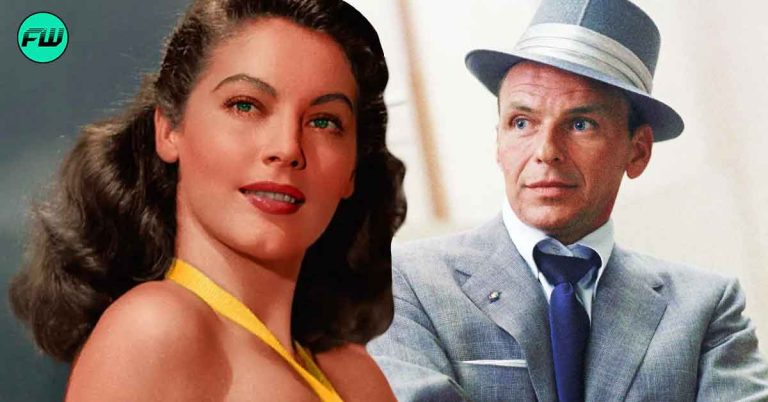Alfred Hitchcock the master of suspense movies known for his 1960 iteration Psycho, not only earned the Academy Award for Best Director but also broke rules and taboos with his movie. Releasing one of the most scandalous movies of his time despite staunch American censorship, Hitchcock turned Psycho into a revolutionary film.

The psychological subtext, twisted ending, and the revolutionary plot of Psycho (1960) weren’t all that turned the movie into a timeless classic. Apparently, Alfred Hitchcock’s decision to blatantly break the accepted norm of cinema was what turned his movie into a masterpiece, despite being considered scandalous.
Psycho Broke The Accepted Norm Of American Censorship
Cinema is often known for bringing change in society by breaking taboos. And certainly, the responsibility lies in the hands of the filmmakers and actors. Evidently, Hollywood has witnessed several such groundbreaking movies and filmmakers, ever since it’s inception. However, no one could do what Alfred Hitchcock did with his 1960 iteration, Psycho.

When Hitchcock’s movie was released, Hollywood was going through tumultuous times, as murders and illicit crimes were making headlines in Tinseltown. Thus, the Motion Picture Production Code was bound to come up with a set of censorship guidelines for movies released between 1934 to 1968, to subside the situation and not aggravate it.

Further, followed by religious condemnation of entertainment and growing political pressure, the American Censorship Committee was forced to demand “decency” in films. That’s where Alfred Hitchcock‘s Psycho broke the accepted norm, for his movie not only portrayed profanity and violence but also showcased n*dity. During the infamous murder scene in the bathroom with Janet Leigh as Marion Crane, the film featured sledgehammer violence and a naked woman thus shattering censorship taboo.
Alfred Hitchcock Blatantly Denied Censorship For Psycho
Passing on through generations, Alfred Hitchcock’s Psycho remained one of the most groundbreaking movies of all time. Becoming an example for changing the landscape of modern-day cinema, Hitchcock’s Psycho was hailed for blatantly breaking the norms and taboos. Certainly, when one thinks of the movie, one finds it impossible to overlook the bathroom scene where Janet Leigh is stabbed by a mysterious figure.

While the scene became a prominent part of the movie, it wasn’t quite difficult for Alfred Hitchcock to fool the studio’s PCA liaison, Luigi Luraschi, to pass it for screening. According to the transcript shared by The Hitchcock Zone, for the 1997 documentary, The Making of Psycho, Hitchcock’s assistant Peggy Robertson revealed how the director fooled Luraschi with his cheeky mind games.
“So we start running it and Luigi laughs at Hitch’s appearance in the film…Then comes the shower sequence. We’re all sort of looking on placidly. Luigi: ‘Stop! Stop! My God!’ So Hitch said, ‘Yes, Luigi, what is it?’ Luigi: ‘I saw her br*ast.’ ‘No, you didn’t, Luigi. It’s just in your dirty mind. You didn’t see a br*ast at all. Yes, we’ll run it again’.”

“So we ran it again. ‘Well, Luigi, did you see a br*ast?’ ‘No, but we’re going to be in a lot of trouble with it.’ We talked him out… Oh, we didn’t. Um, we made him realize that he was wrong, that he hadn’t seen a br*ast,”
Although it was easy for Hitchcock to fool Luigi Luraschi, other censors were simply being difficult to manage. Thus, after immense pushback and endless debates, censors proposed reshoots. However, in the end, none of the objecting parties showed up during the reshoots and thus, the director decided to keep his scenes intact. Thus, breaking the Code of conduct, Psycho became a revolutionary rebel.
Watch Psycho on Amazon Video.
Source: The Hitchcock Zone










